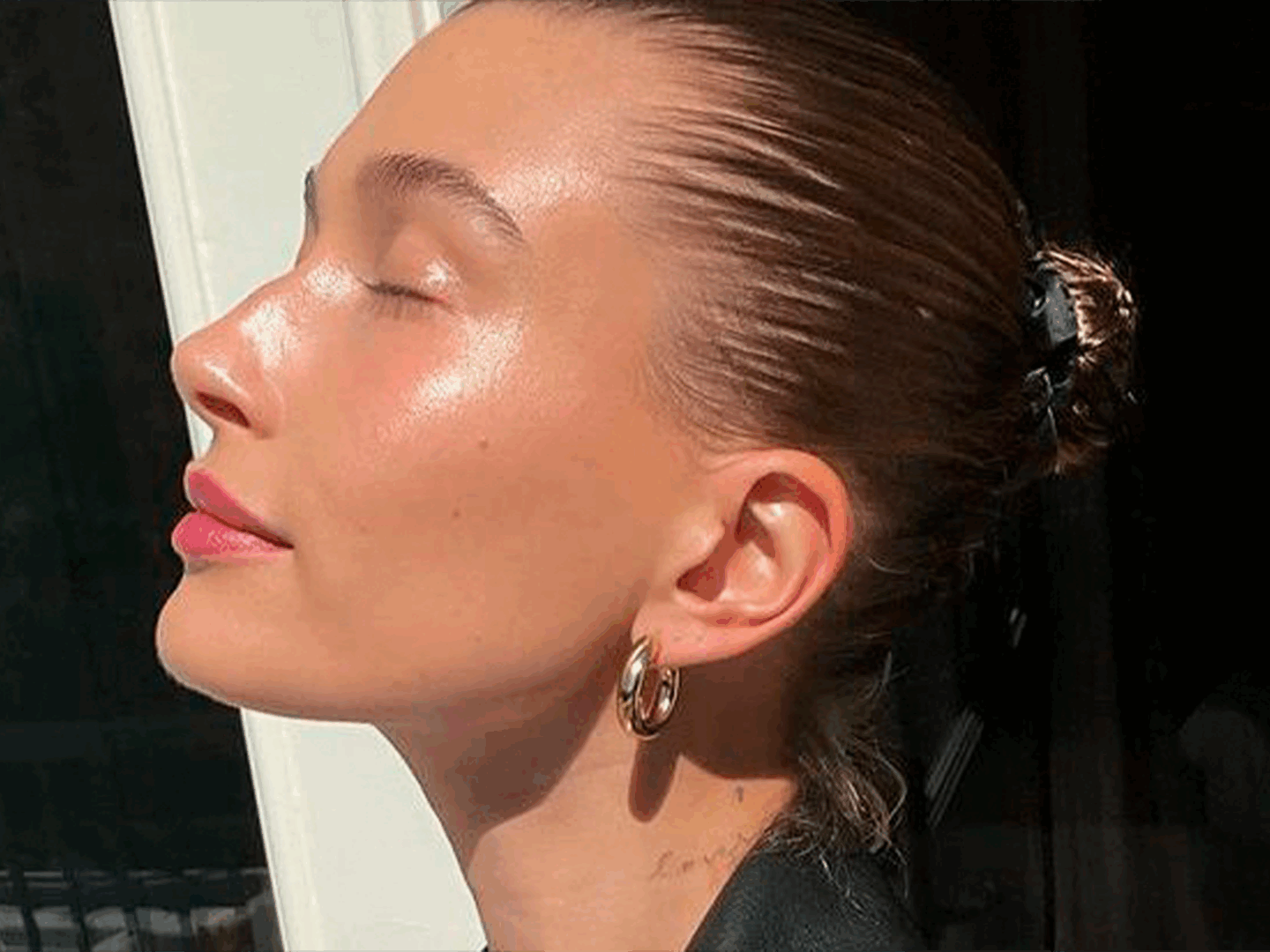Sunscreen labels often look like they’re written in a language of their own. SPF here, UVA there, a couple of numbers, some stars… and you’re left wondering whether that bottle will actually protect you or just leave you sunburnt. You’re not alone. According to a survey by the Royal Pharmaceutical Society, only 8% of people actually knew what the number next to SPF meant.
Time to clear things up.
SPF
SPF stands for Sun Protection Factor. But here’s the catch: this number only measures protection against UVB rays—the ones that burn your skin. It says nothing about UVA rays, which cause ageing, wrinkles, and can also lead to skin cancer. For UVA protection, check for stars or labels that say “broad spectrum”.
UVB
UVB rays are shortwave ultraviolet rays. They’re the main culprits behind sunburn and one of the biggest enemies of healthy skin. They affect the outermost layers and are linked to skin cancer. Bottom line: better not to greet them at all.
UVA
UVA rays have a longer wavelength and penetrate deeper than UVB. They make up 95% of the solar radiation reaching us. These rays cause premature ageing and also increase the risk of skin cancer. A “broad spectrum” sunscreen covers both UVA and UVB rays.
Then there are UVC rays—the most dangerous kind—but luckily, they don’t reach the Earth’s surface. If they did, we’d have a much bigger problem.

The SPF Number
The SPF number shows how much longer your skin can stay in the sun before burning, compared to no protection. SPF 50 means you could stay out 50 times longer without burning (though everyone’s skin reacts differently).
- SPF 15: the minimum recommended by experts, regardless of your skin type.
- SPF 30 and 50: provide longer protection.
- SPF 50+: blocks up to 99% of UVB rays.
Other Numbers That Matter
There are a few other figures you should know to get the most out of your sunscreen. For instance, UVA protection is often rated with stars. Ideally, your cream should have at least four stars if you’ll be in the sun for long periods. Some products just say “medium” or “high” protection, but knowing this helps you gauge how well you’re really protected.
When it comes to quantity, apply around two teaspoons to cover your face, neck, and arms properly. For your entire body, you’ll need about two tablespoons.
Timing is key too. You should apply your sunscreen at least half an hour before going outside to let it absorb and work properly.

Regarding shelf life, unopened sunscreen usually lasts between two and three years. Always check the expiry date and avoid storing it in hot places, as heat can break down the formula.
Finally, be cautious during the peak sun hours—from 11 am to 3 pm—the sun’s rays are strongest then. It’s best to avoid direct exposure or stay in the shade to protect your skin.
This quick sunscreen guide isn’t meant to memorise word for word, but keep it in mind before grabbing the first bottle you see at the shop. Because protecting yourself from the sun isn’t just a summer thing—it’s a skin thing.
Sigue toda la información de HIGHXTAR desde Facebook, Twitter o Instagram
